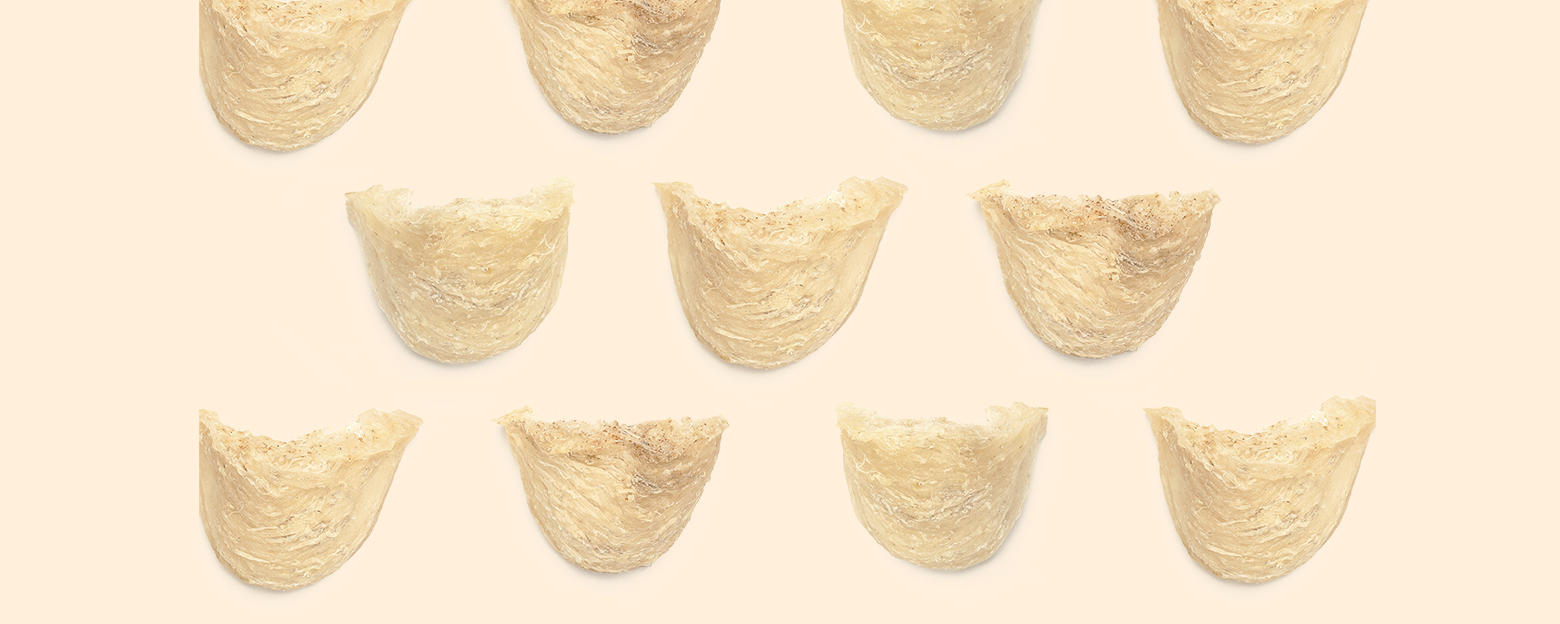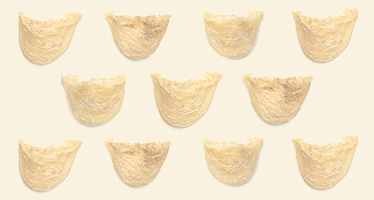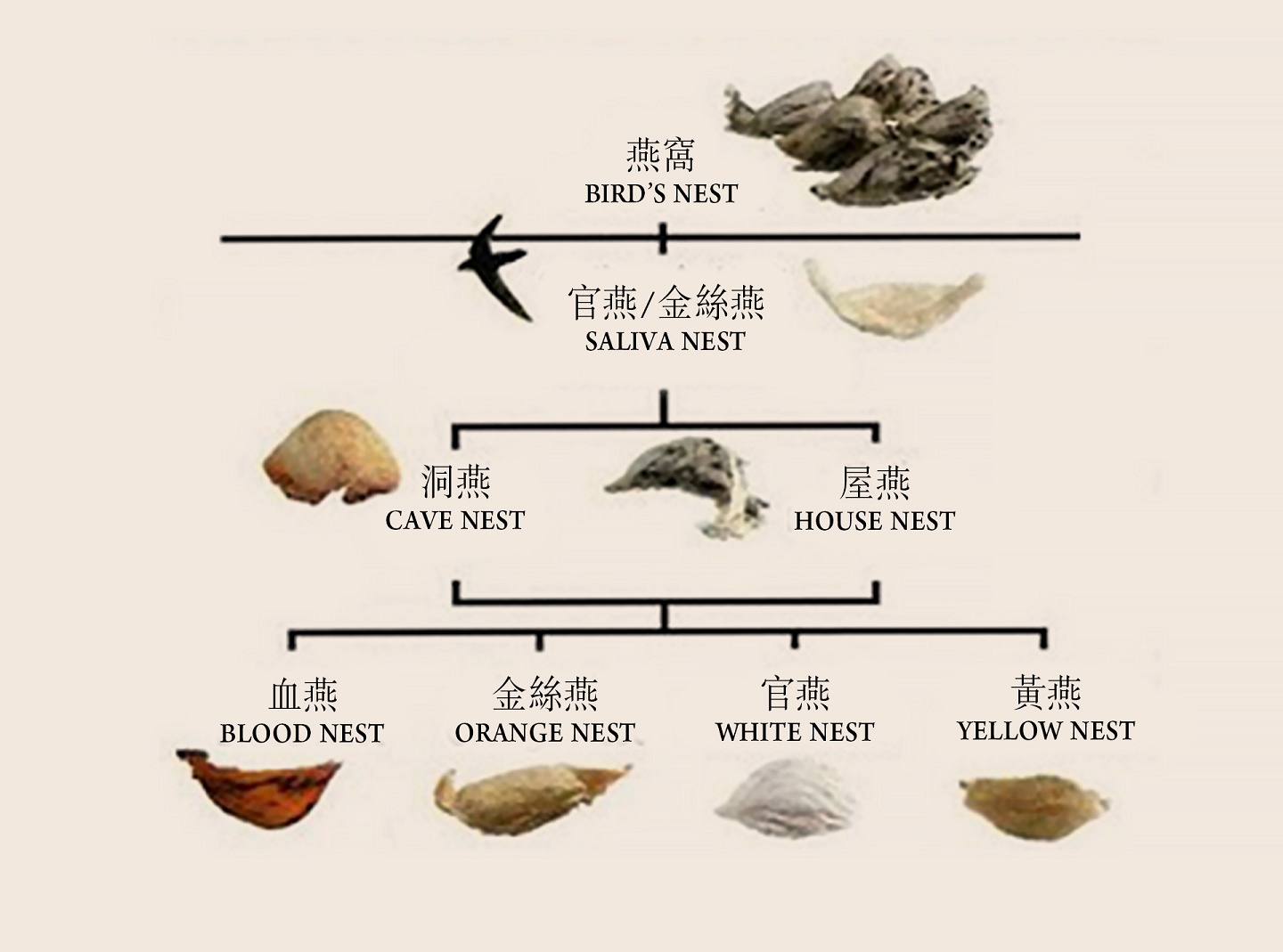
Edible bird's nest refers to the nest built by certain species of swiftlets, made from their solidified saliva mixed with other materials like feathers. Edible bird's nest has been a traditional and prized delicacy in China for over a thousand years. As early as the Tang Dynasty, the technique of stewing and preparing bird's nest was already known in the imperial palace.
It wasn't until the Qing Dynasty that the medicinal value of edible bird's nest was formally documented in traditional Chinese medicine texts. For example, the renowned Qing dynasty physician Wang Ang's work "Bencao Beiyao" described bird's nest as: "Edible bird's nest greatly tonifies the vital energy, moisturizes the lungs and nourishes yin, dissolves phlegm and stops coughing, supplements while also clearing, lubricates the intestines and stimulates the appetite, a precious medicinal for recuperating from deficiency and debility."

Calm

Lungs
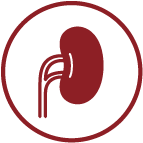
Spleen
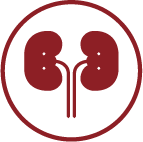
Kidney

Heart

Sweet
Repair damaged skin and antiaging.
Enhance lung function to improve immunity.
Support brain development.
| . | Repair Damaged Skin and antiaging The Epidermal Growth Factor (EGF) helps promote cell repair and regeneration, stimulating cell proliferation and differentiation. This allows damaged skin to heal and recover more quickly. Also, the unique compound “Swiftlet Acid” in the bird's nests has anti-aging properties, helping to smooth and prevent premature aging of the skin.
|
| . | Enhancing Lung Function to Improve Immunity Bird's nests contain large amounts of glycoproteins and mucoproteins, along with their unique nutritional components. These compounds are able to regulate and enhance the function of the respiratory system. This in turn helps boost the immune system, particularly in infants, by supporting respiratory health. For individuals with lung damage from long-term smoking or respiratory diseases, the bird's nests can help repair and restore the lungs.
|
| . | Supporting Brain Development, Delaying Brain Tissue Aging Edible bird's nest extracts reduce lipid peroxidation (oxidative damage) in the animal brain, increase the levels of superoxide dismutase (an antioxidant enzyme) within red blood cells in animals. Promoting healthy brain development in infants and delaying age-related brain tissue degeneration in the elderly.
|

Edible bird's nests primarily come from Southeast Asia, where wild cave-dwelling swiftlets construct their nests in mountain caves, rock crevices, and cliffs. The quality of these nests is significantly influenced by the natural environment and climate in which they are built.
Within the Southeast Asian region, the period spanning from February to April experiences abundant rainfall and an abundance of food sources for the swiftlets. This period, known as the "first flush," yields bird's nests of superior quality. Nests harvested during this time are often deemed as "first-grade" or "top-grade" due to their completeness, glossiness, and minimal impurities. On the contrary, nests collected later in the season are typically of lesser quality. These nests tend to be smaller in size, with thinner and sparser strands compared to those harvested during the "first flush" period.
Indeed, there are two primary types of bird's nests based on where the swiftlets build their nests:
Cave/Rock Nest: This type of bird's nest is made by swiftlets in natural environments such as mountain caves, rock crevices, and cliffs. The nests are built using the swiftlets' saliva and are typically attached to the walls of these natural structures. The quality of cave/rock nests can vary based on the specific location, natural environment, and climatic conditions in which they are constructed.
House Nest: The house nest is a type of bird's nest built by swiftlets in man-made structures like specially designed swiftlet houses or buildings. These structures aim to mimic the natural environment of caves or cliffs to attract swiftlets to build their nests. House nests provide a controlled environment for nest harvesting and can offer more consistent quality compared to cave/rock nests. Swiftlet houses are man-made, highly sealed-off structures built specifically for housing swiftlets. These houses are deliberately designed to create a dark interior environment, maintained at a temperature of around 23°C (73.4°F) with a humidity level over 90%.
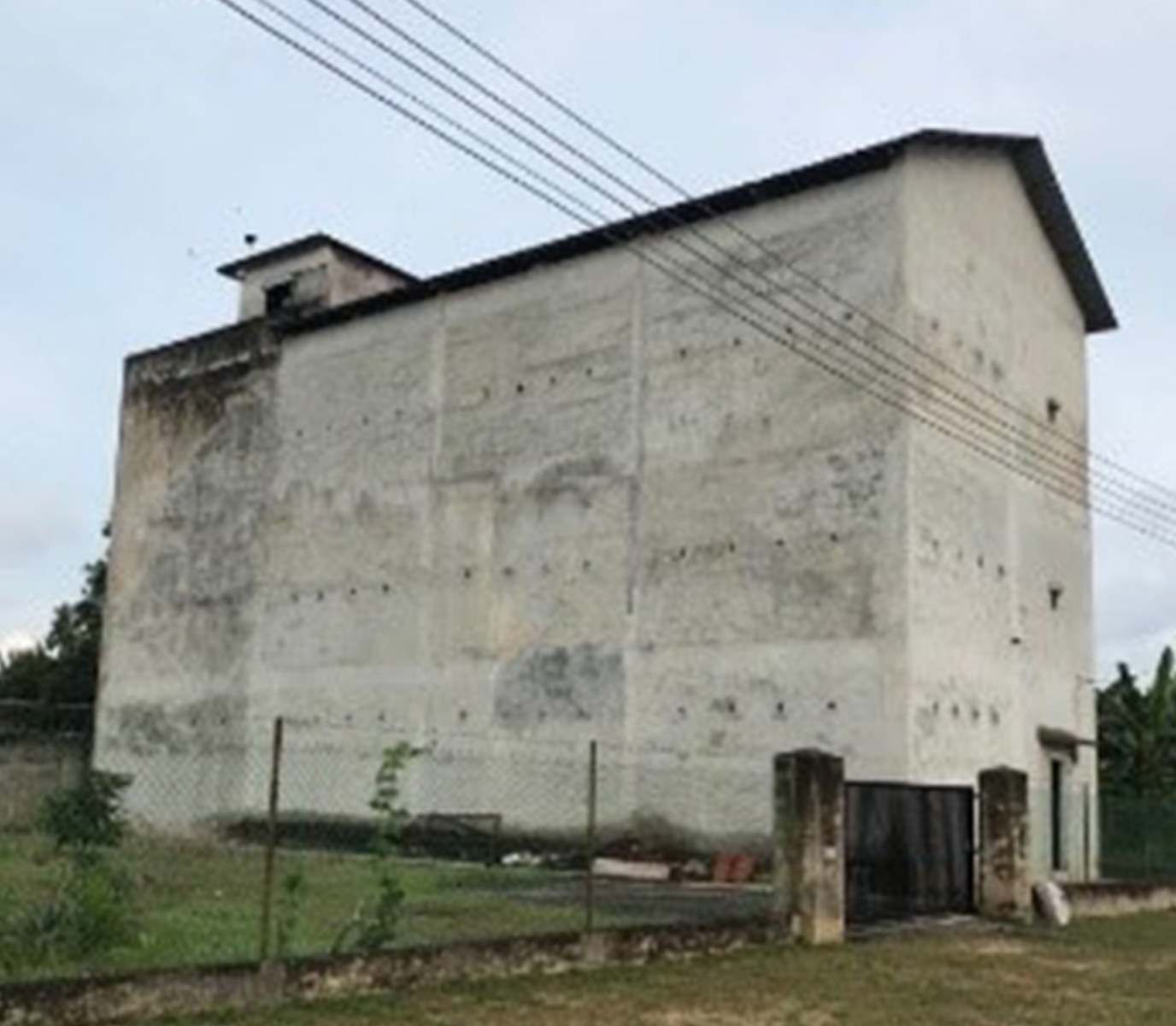
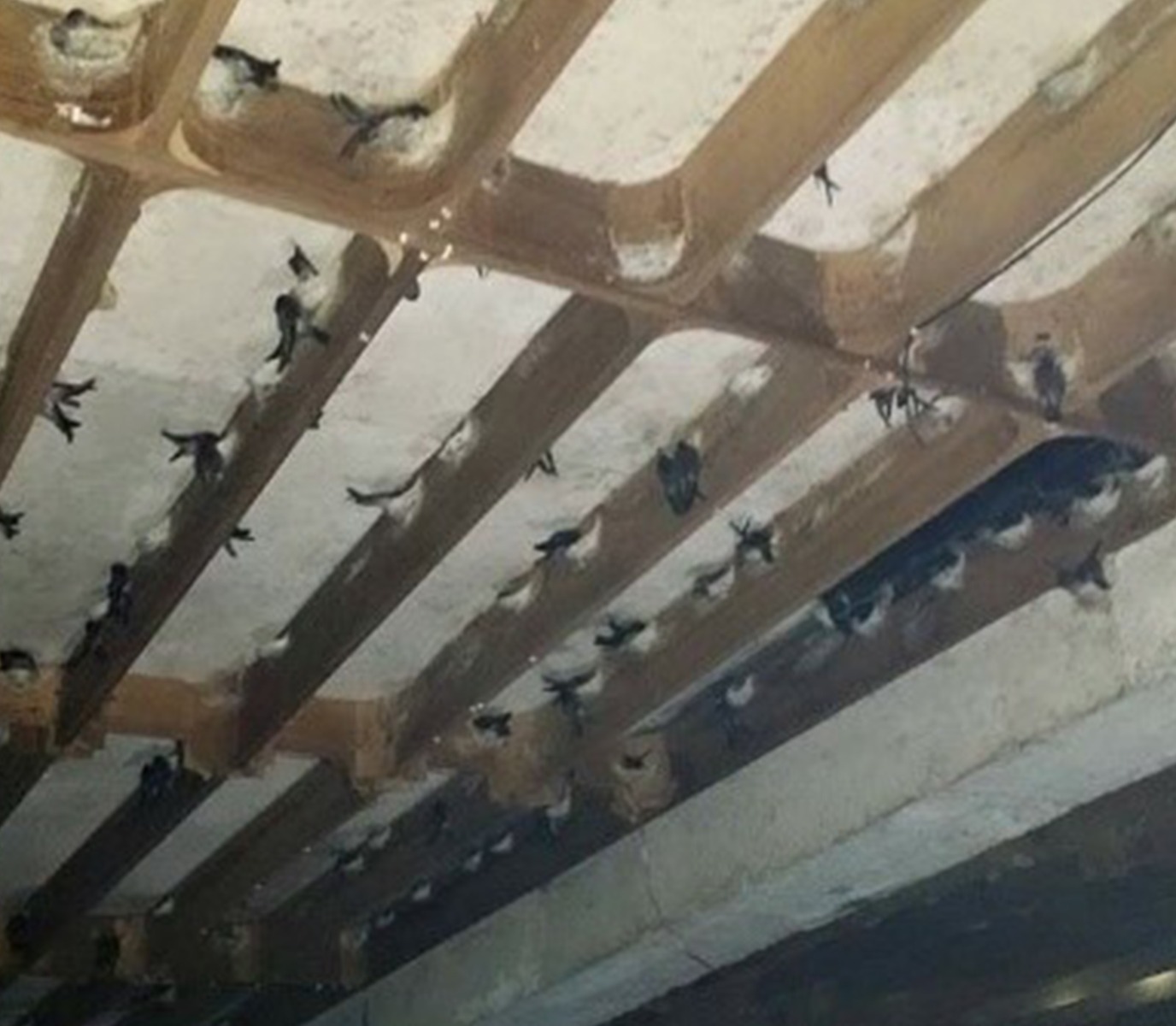
An adult swiftlet will typically build its nest around 3 times per year. After each nest-building, the collectors must wait for the swiftlets to lay eggs, incubate them, and then allow the newly hatched chicks to fledge and leave the nest before they can harvest the edible bird's nests.
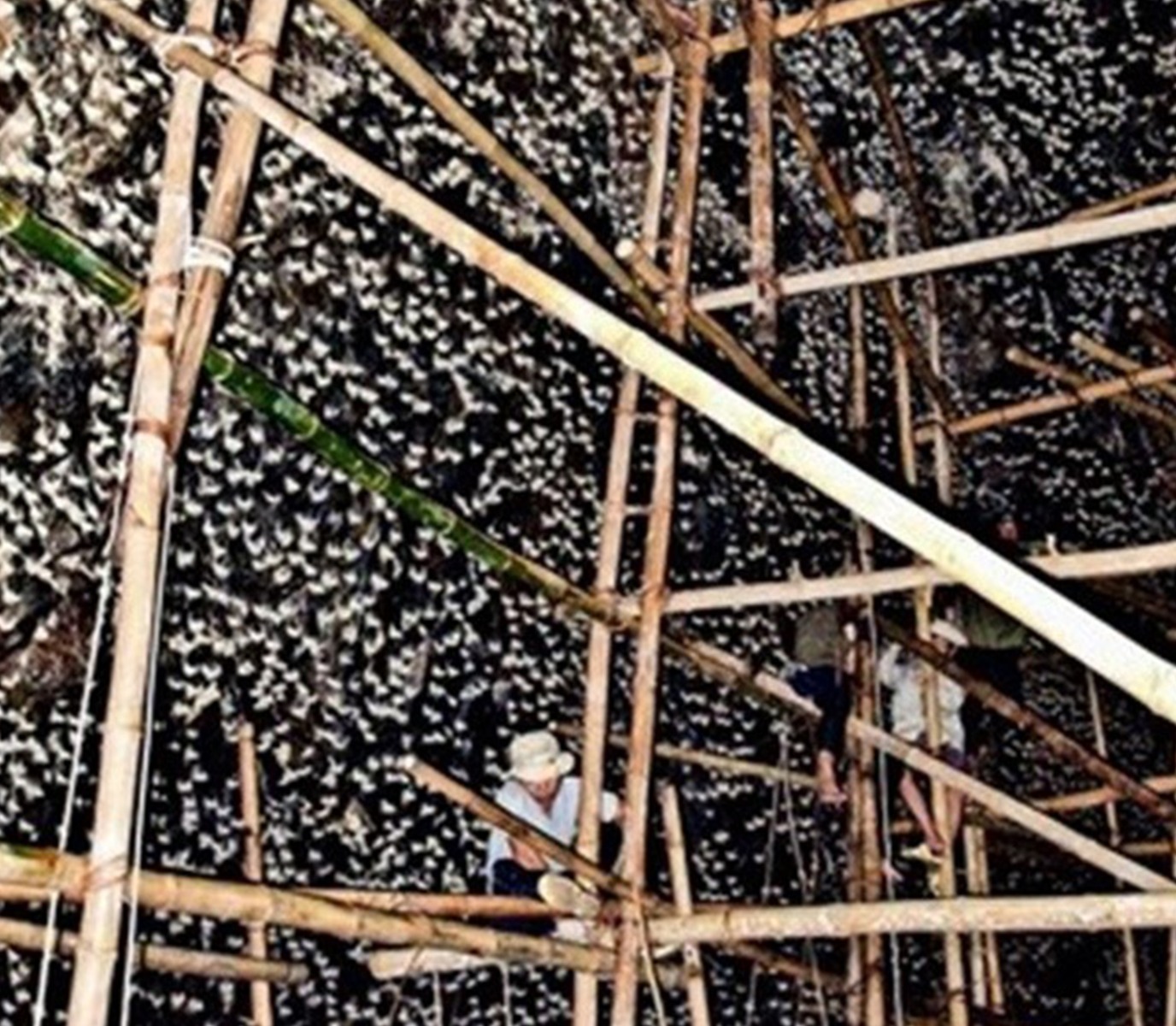
Cave/Rock Nests
After the swiftlets have completed their breeding and nest-building process, the bird's nest collectors need to construct scaffolding and ropes in order to scale the cliffs, which can be dozens or even over a hundred meters high. They then manually harvest the bird's nests one-by-one, carefully removing them from the precarious nesting sites on the steep cliff faces.

01 Since the swiftlets build their nests in varied environments and positions, this results in the nests with distinctive shapes.
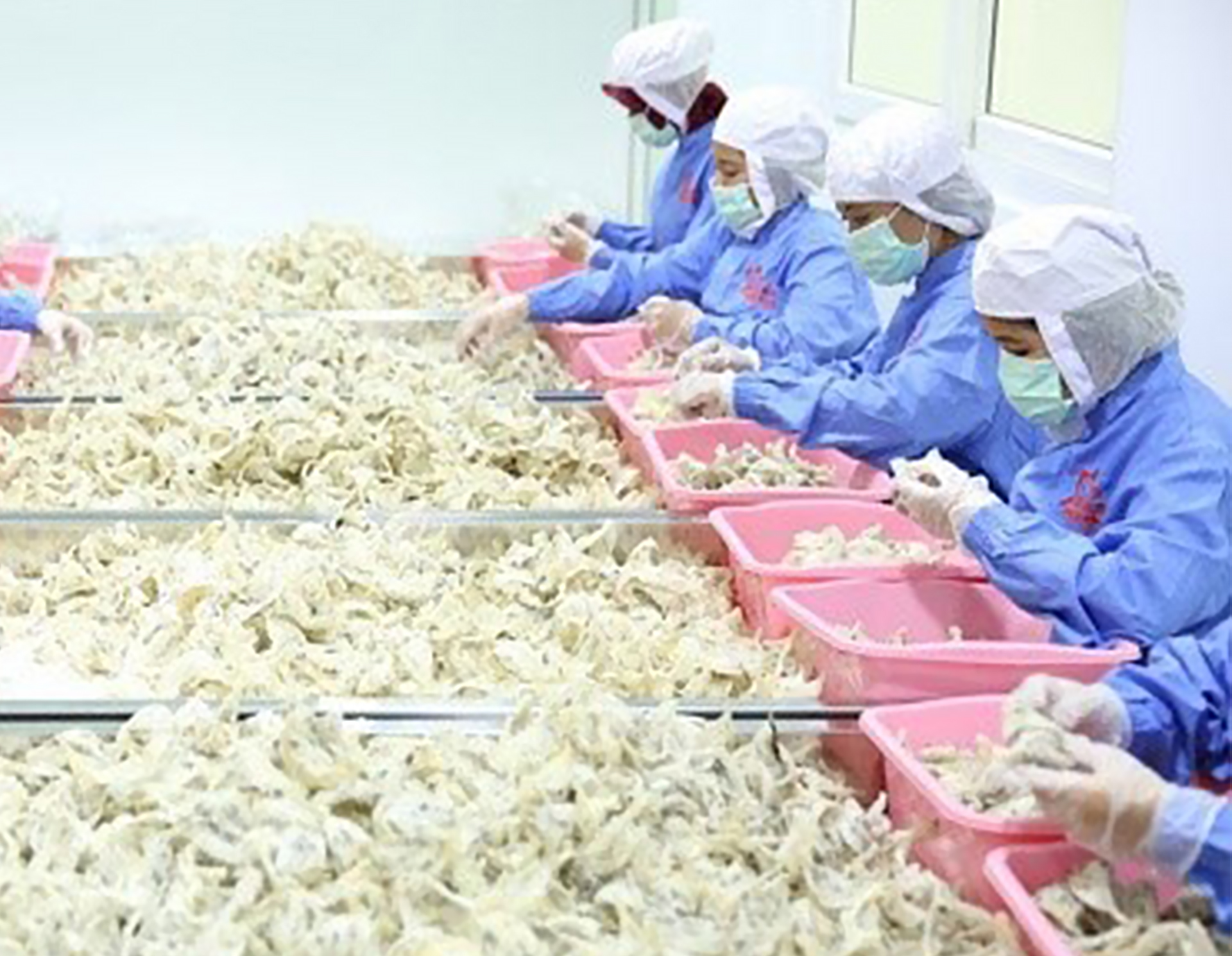
02 After the nests are initially collected, they go through a thorough inspection and cleaning process. During this stage, workers carefully remove any visible down feathers or impurities from each nest cup by hand. Subsequently, the nests undergo a more comprehensive evaluation, categorizing them according to specific criteria such as the nest's shape, structure, and the presence of any extraneous material. Following this assessment, the nests are segregated into various quality grades or categories based on these factors.

Cup-shaped
Nests built by stronger, healthier swiftlets tend to have a distinct "spoon-like" or deep, bowl-shaped appearance, with larger overall nest cups.
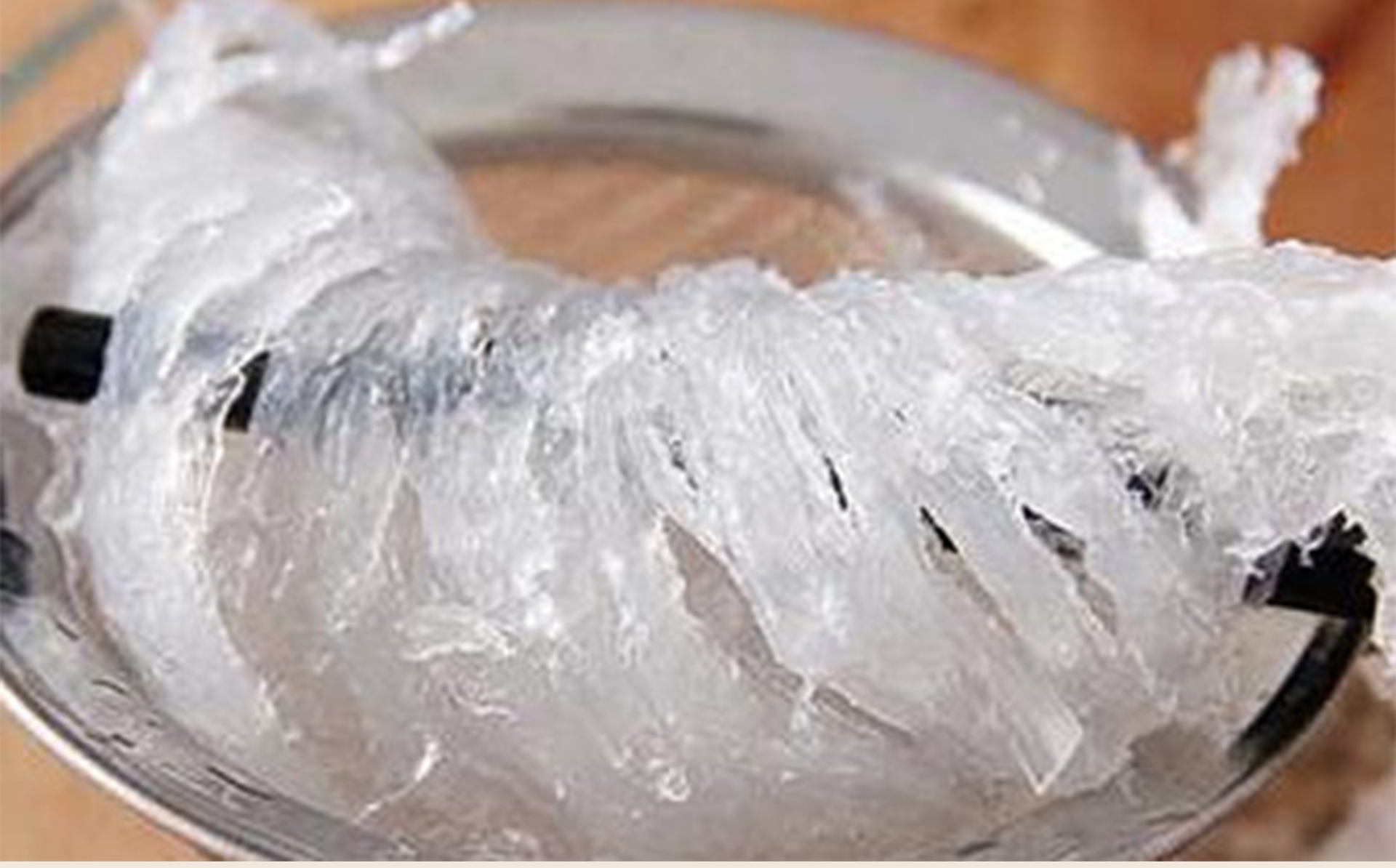
Nest Strands are Dense and Delicate
The nest strands have a dense and delicate texture. Even after soaking and rehydration, the strands retain their transparency and do not unravel or disperse. Instead, they retain their tightly bound, cohesive structure, forming compact and neatly organized bundles.
Soaking Factor
In the case of top-tier premium-grade bird's nests, the nest head section has the potential to expand and grow in volume significantly. When fully rehydrated and immersed in water, the nest head can increase in size by 5 to 8 times. This means that the weight of the fully rehydrated nest head can be 5 to 8 times greater than its original dry weight before soaking.
Contain Rich and Savory Flavor of Protein After Stewing
Premium-grade bird's nests contain high-quality protein content. When these nests are simmered or stewed, they acquire a distinctive and intense "egg white" flavor due to their protein composition.
Differentiating between Synthetic Bird's Nest & Quality Bird's Nest
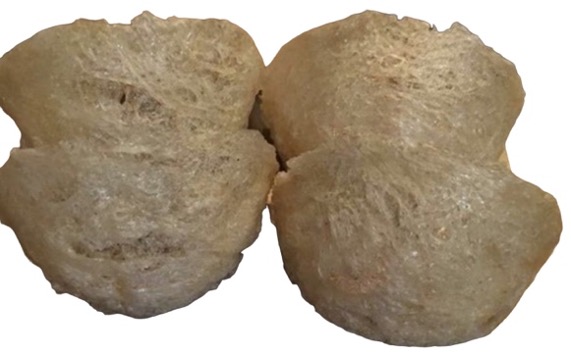
Synthetic Bird's Nest
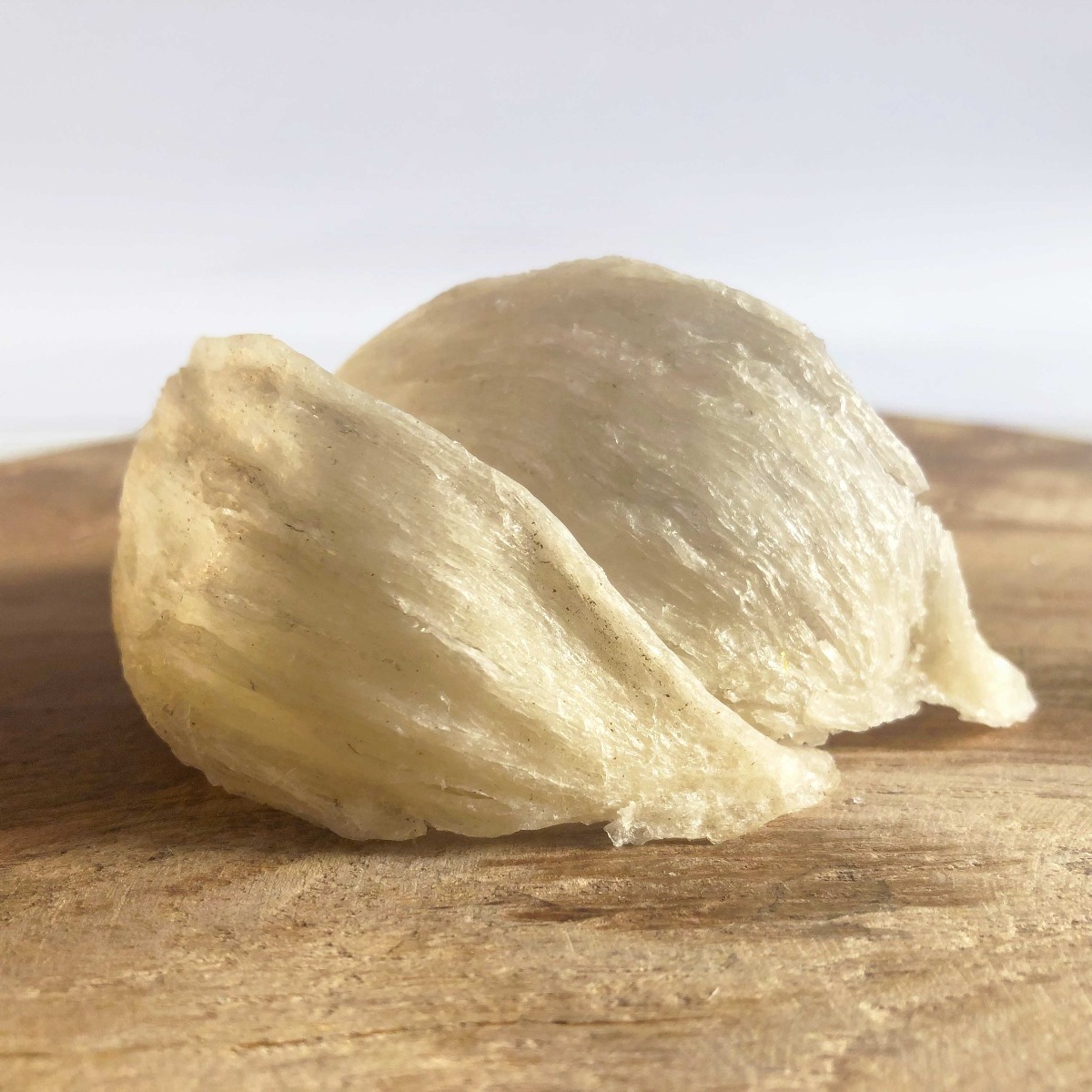
Quality Bird's Nest
Synthetic raw materials are often prone to side effects on the human body. "Synthetic bird's nest," which uses adhesive agents, can be distinguished by its visibly unnatural coarse fibers with a white core when observed with the naked eye. Upon careful examination under light, it appears seamless and less translucent. High-quality bird's nests are primarily composed of swallow saliva, which resembles glass fiber. The bird's nest silk is dense with small gaps, resulting in a naturally pale white or pale yellow coloration. It is uncommon for these nests to be entirely pure white in color.
